Contents
8 Factors Affecting Employee Performance (And How to Optimize for Them)
By Angad SinghAug 15, 2022

Every company dreams of a workforce made of super-performers — folks so good at what they do that they make the competition want to shut shop for good.
But, what separates super-performers from someone who's, dare we say... average?
Do you need Kryptonian DNA or some other genetic advantage to be a top performer? Or is high-performance merely a function of grit and perseverance?
What if the answer lies somewhere in the middle? Well, that's what we're here to find out.
In this blog, we'll go over 8 factors affecting employee performance.
Let's begin, shall we?
8 Factors Affecting Employee Performance
1. Poor Cross-Team Communication
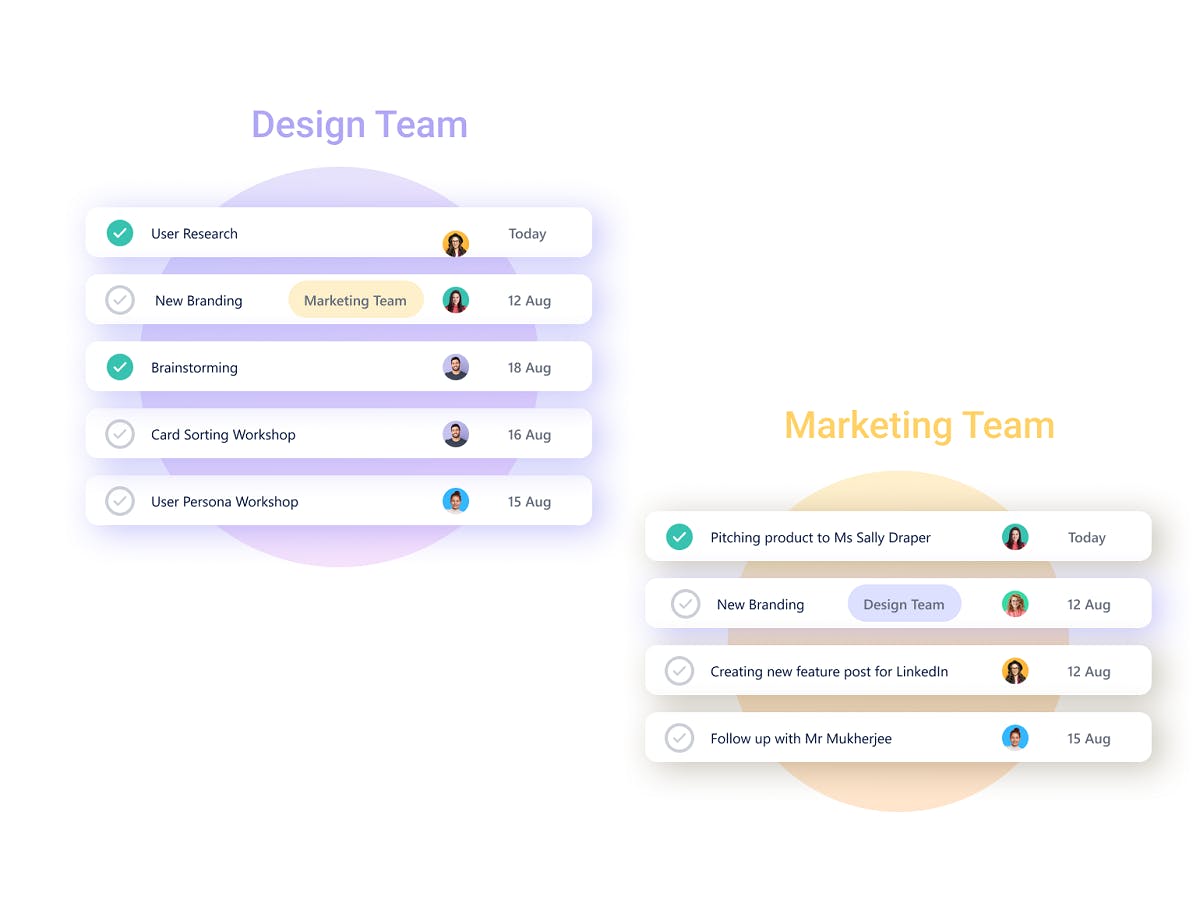
Teams depend on each other all the time to further big-picture goals.
Marketers need assets from designers to produce the best possible content. Sales folks need leads from marketing. Strategy divisions need the latest sales numbers to plan for the next quarter.
Such dependencies naturally impact employee performance. So, the easier it is to communicate amongst teams, the better individuals perform everywhere.
Smart-Tip: Talking about dependencies, it’s nice to be able to track them within your team as well. SmartTask makes that super easy with Timeline view. Check out a glimpse of the same below.
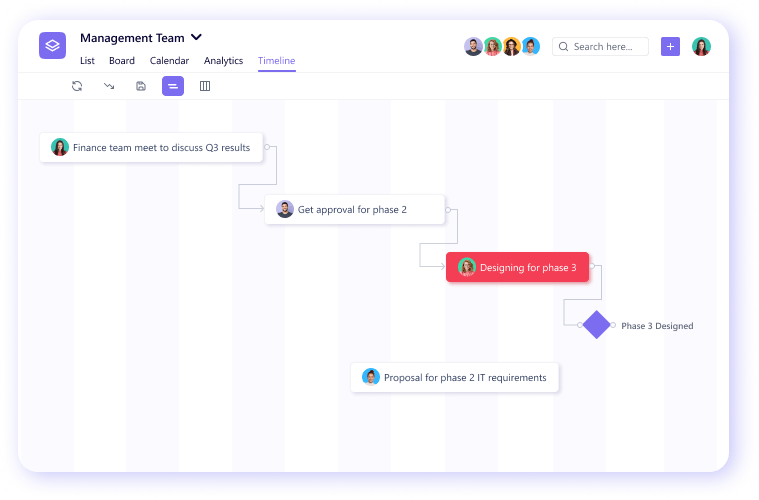
Pretty cool, right? Just hit the button below if you want to test it out for yourself ;)
2. No clarity on who’s doing what by when
Uncertainty at the workplace negatively impacts everyone’s performance. It causes employees to spend more time staring at a blank screen than doing actual work.

But you can’t really blame them, can you? How can they uphold accountability when they don’t even know what they’re accountable for?
At the same time, you also need to have empathy for executives. Especially when they’re leading massive teams.
Without the right tools, it’s a herculean task for them to assign responsibilities and deadlines to everyone under their wing.
However, there’s a way to navigate this impasse. With a project management tool (like SmartTask), leaders can assign tasks and due dates to the right people – all in just a few clicks.

3. No Goals Defined and No Tracking Against the Goal Set
We all know what shooting in the dark can feel like. It’s just endless turmoil that’d undoubtedly get you to say…

But it doesn’t have to be that way. There’s a way to ensure that your employees aren’t 6.2x more likely to quit. (source)
It may sound like something right out of a fortune cookie but there’s endless research to support that it works.
Set. Some. Goals.
Think about it yourself. What’s more likely to get your team to drive more revenue?
A. Doing nothing and hoping for the best.
B. Simply asking them to help you make more money.
C. Setting a concrete goal for them to increase revenue by 40%.
B is certainly better than A but we know you know the best thing to do is C.
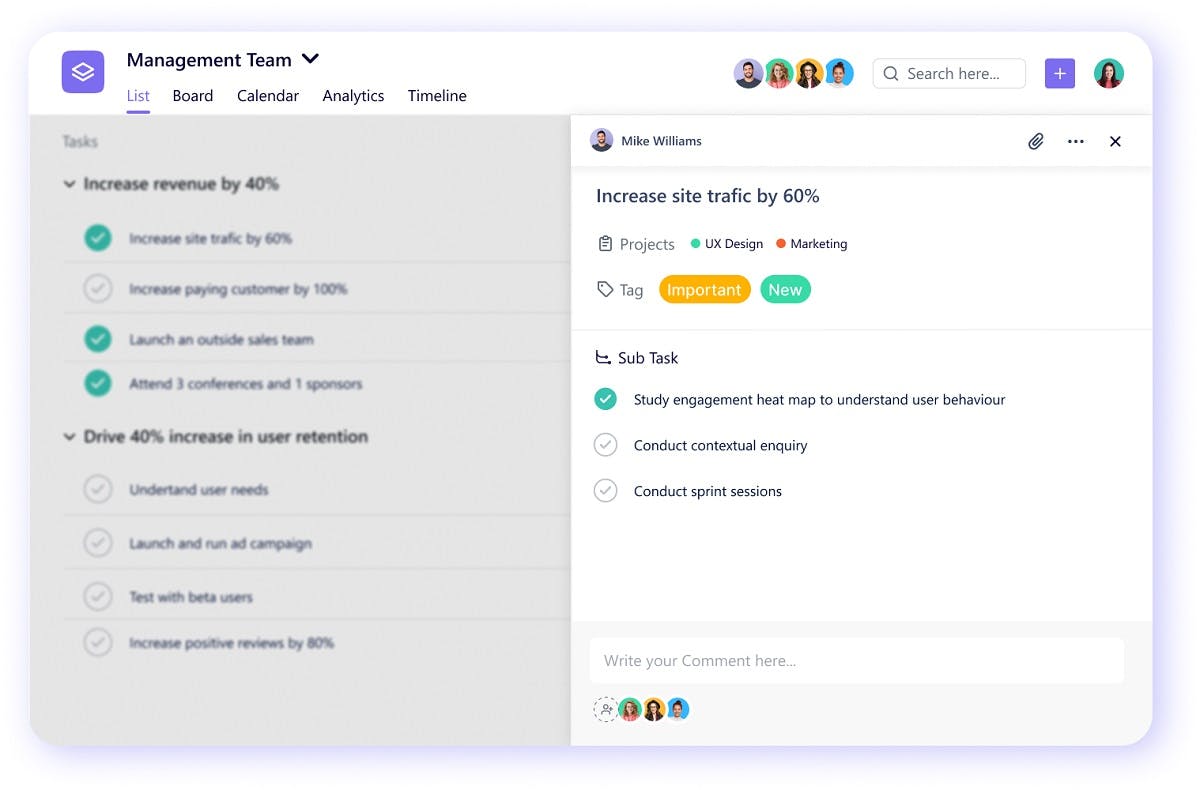
However, setting goals gets you halfway there. To really push the boundaries on employee performance (in healthy ways, of course), you also need to make room for tracking the goals you set.
In 2024, that means using a tool that helps you do so. At SmartTask, we’re lucky to have our very own Portfolio View for that.
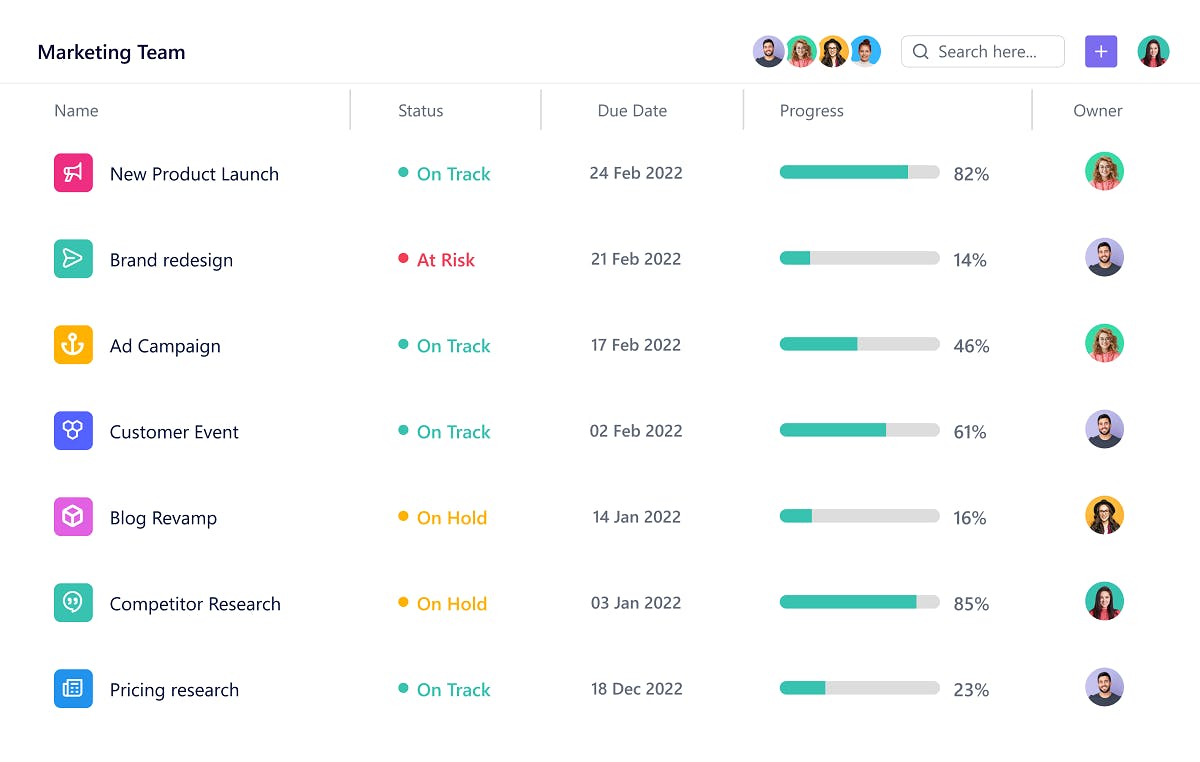
4. Workload Imbalance
Sustaining an imbalanced workload may feel glorious when you're doing it. But the day after will be a dread fest you'd give anything to avoid.

What top performers do instead is that they deliver consistent output for a long (like really long) period and let compounding take care of the rest.
SmartTask recommends that approach as well.
That's why we have a workload view in the first place, where you can quickly identify which of your team members is overworked. Next, you can redistribute tasks to implement an even workload for everyone.
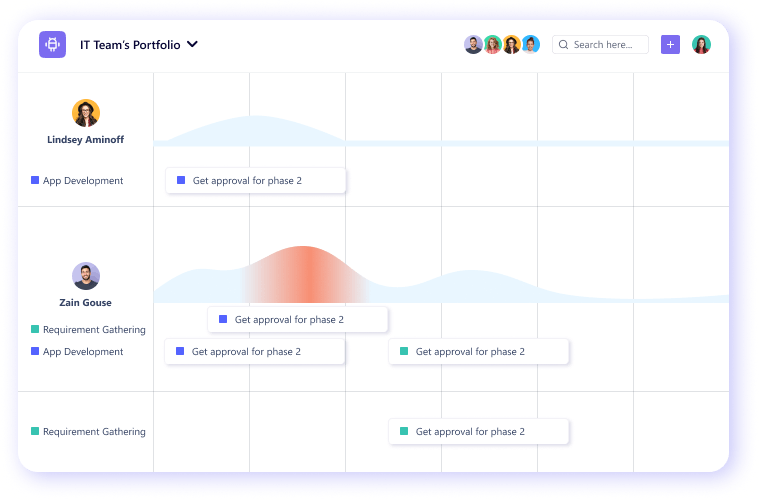
Easy enough, right?
5. Role-Ability Fit

69% (source) of employees think they're not channeling their full potential at work.
But so would Usain Bolt if he gave up being an athlete to become a chess grandmaster.
The point? It's not always a lack of hard work or skill that keeps employees from killing it at their jobs. Sometimes, they're not given the right roles.
Seems like there should be an easy fix for this, right? Here’s what it is:-
- Know what the strengths of your team members are.
- Pair them with roles that help them play to their strengths.
And voila!
6. Lack of Transparency
Let's think about two alternate scenarios.

- Jack works for company A. He's assigned tasks and is expected to complete them within deadlines. If he asks executives about their big-picture plans, they condemn Jack and tell him to quit snooping around. He's asked to strictly focus on his responsibilities and keep his nose away from everything else.
- Jack works for company B. He's expected to deliver on his individual responsibilities. However, he's also kept in the loop about the company's long-term plans. Executives love exchanging ideas with him and always value his input. They never deter him from asking questions.
Where do you think Jack will work harder? In company A, where he's treated like a mere cog in the machinery? Or company B, where he's extended transparency and respect?
The answer's pretty straightforward. But the fact that employees perform better in transparent workplaces begs another question.
How can employers foster transparency, especially in a world where remote and hybrid working are becoming the norm?
Well, not to anyone's surprise, adopting the right tech is the solution here. What does that look like?
Well, something like the dashboard below:-
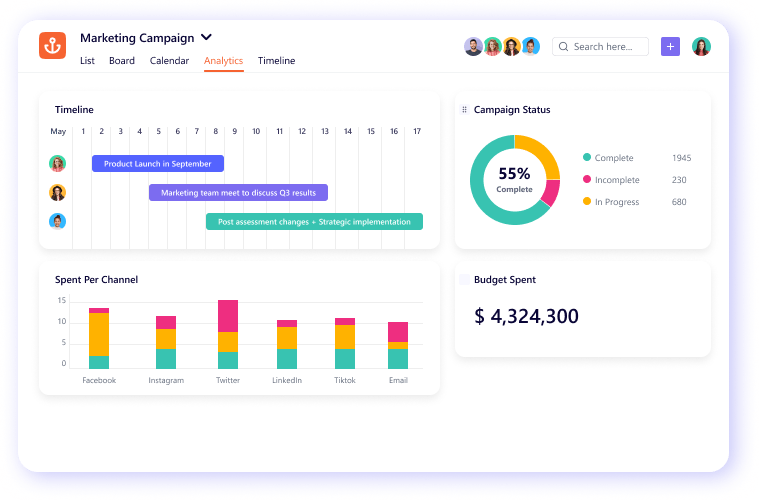
But that’s just one of the ways in which having a single source of truth gives employees equitable access to information. There’s a lot more for you to discover.
7. Uninspiring Leadership
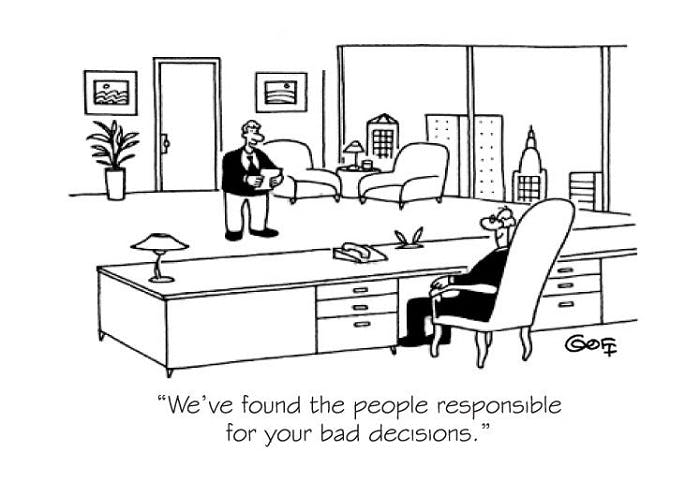
Great leaders are really a godsend. For most employees, they’re the deterrent to Monday blues and a source for:-
- Clarity
- Inclusion
- Purpose
- Trust
- Learning
So, no wonder 65% of employees would take a better manager over a pay raise. (source)
But what effect do the opposite kind of leaders bring? Not too hard to put two and two together here, right?
They keep even the most hard-working Joes from moving the needle the best they can. Simply put, bad leaders are productivity vampires. Dispose of them at the earliest.
8. Culture Fit
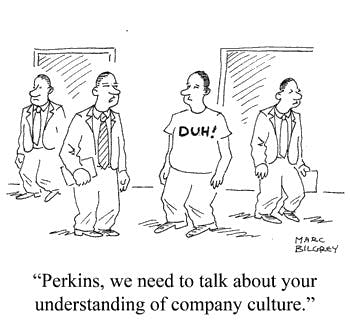
We've already talked about how employees perform better in roles that allow them to play to their strengths. But there's another factor that impacts employee success. Arguably, its influence is even stronger than role-ability fit.
That's culture. In fact, culture-fit is so powerful that companies stand to grow their revenue by 400% (source) by optimizing for it.
No wonder hiring managers are now okay with moving past skilled employees if they don't share the company's cultural values.
The takeaway here? Build a culture that you're proud of. Then, hire people who share in your pride.
Parting Wisdom
Want to know another factor influencing employee performance... something that's seldom addressed?
The current business landscape, fueled by hypergrowth, is a gunfight. You won't win here if you keep using knives. Optimizing for the 8 factors we've discussed above does make a difference but the difference flatlines after a point.
The truth is that there's only so much you can optimize for without kickass task management software.
Thankfully, we live in a world where SmartTask can be the unfair advantage you need…And it’s free forever.
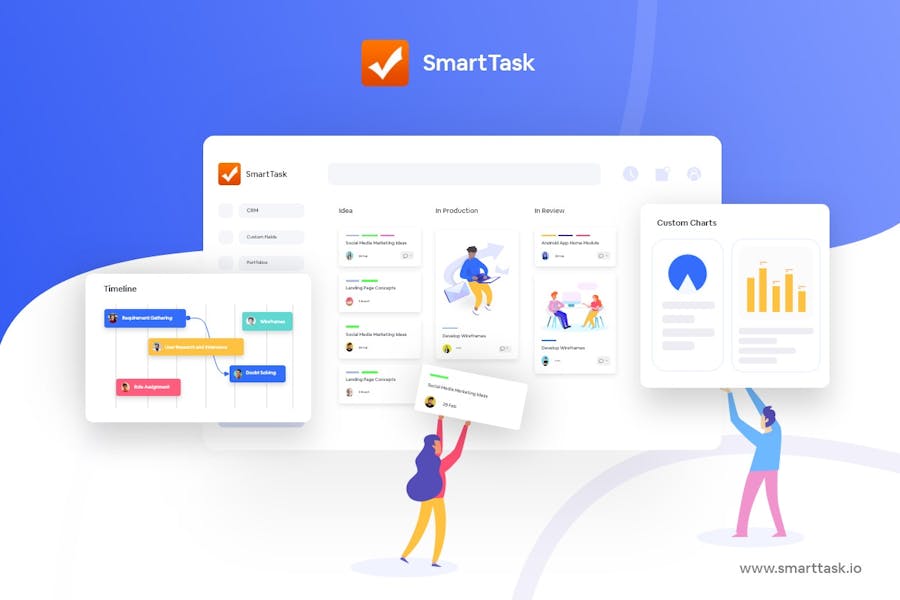
SmartTask Features
- Multiple Views: Each team prefers looking at data differently. With SmartTask, they can choose between Board view, List view, Timeline, Calendar view, and more.
- Portfolios: Get a high-level overview of multiple projects in one view.
- Time-tracking: Time reporting and estimates help understand resource utilization, budget, and cost implications.
- Workload view: Plan and allocate resources effectively such that no team member is under-utilized or overworked. It also helps you predict resource requirements.
- Task Management: Set task dependencies, due dates, priority, and tags.
- Comments & File Sharing: Share important information, attach files, and give feedback via comments. Do all of this on the task itself—no need to keep switching windows.
- Newsfeed: Save hours of standup meetings with feed updates and automated Check-Ins.
- Team Communication: Seamless real-time communication with individuals (or teams) via chats, voice-recorded messages, and video meetings.
- Automation: Automate repetitive project tasks for better project performance.
- CRM & Sales: Visualize sales analytics - estimated sales, sales funnel, and user-wise analytics. Move inquiries across multiple stages, have clarity on past conversations, and plan future action points.
- White-Label: The white-labeling feature lets you brand SmartTask’s platform. Therefore, inviting your clients to your online workplace won't be a problem anymore.
- Custom Analytics: Once you're done with the project, you can check key performance metrics and download a report for evaluation and future reference.
- Reminders: Alerts, notifications, and reminders to keep teams on track.
- Pre-made templates: Expert-designed templates to help you kick things off straight away.
- 1000+ integrations: Seamless integrations to help you achieve almost everything from a single platform.
Available on almost every platform: Web, macOS, Windows, Linux, iOS, and Android.
Be a High Performer with SmartTask - Get a free consultation!







